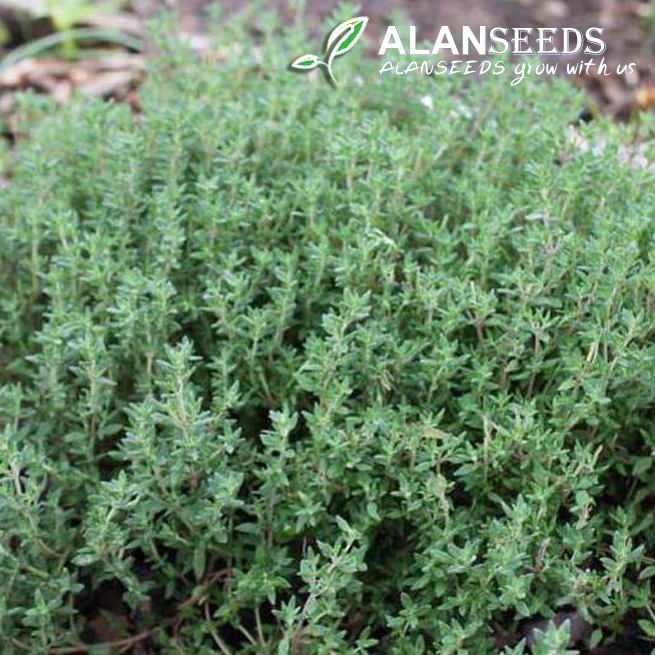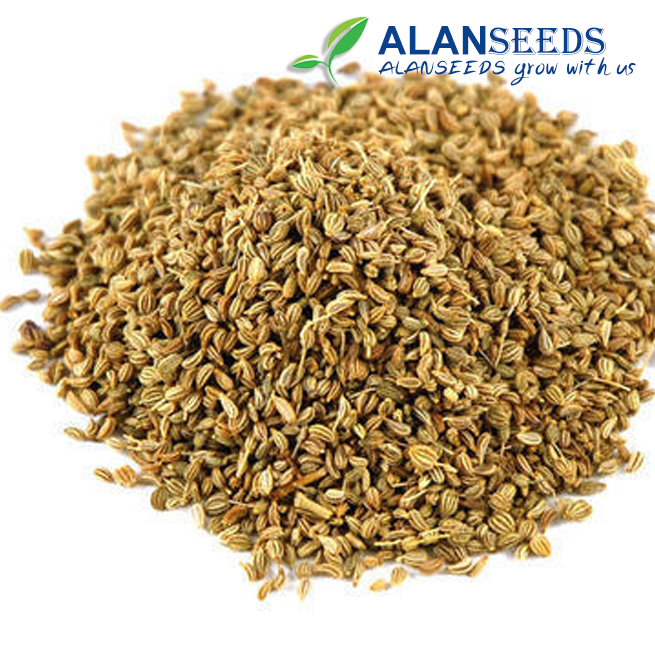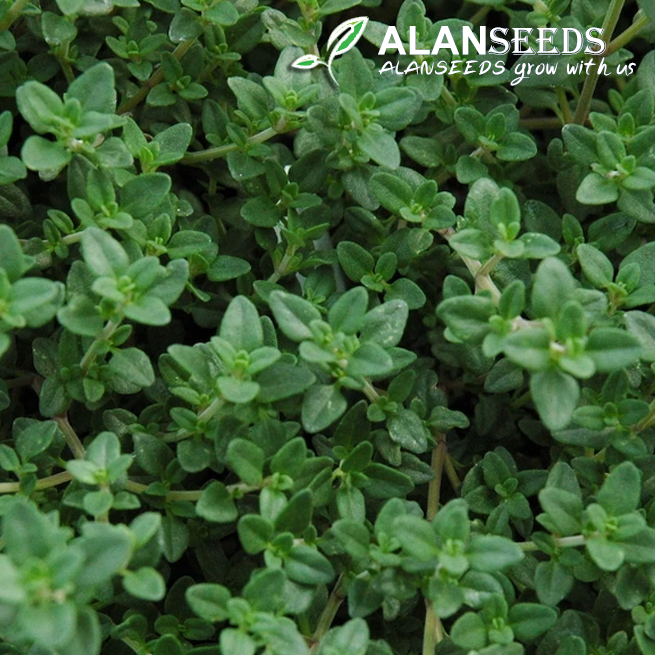Hey there! So you’ve got your hands on some thyme organic seeds, huh? That’s awesome! Growing thyme is a fantastic way to add flavor to your dishes and bring some greenery into your space. Whether you’re a seasoned gardener or a total newbie, this guide will walk you through the basics of growing thyme from seed. Let’s dive in!

Thyme Organic Seeds – Heirloom, Open Pollinated, Non GMO – Grow Indoors, Outdoors, In Pots, Grow Beds, Soil, Hydroponics & Aquaponics

Thyme Organic Seeds – Heirloom, Open Pollinated, Non GMO – Grow Indoors, Outdoors, In Pots, Grow Beds, Soil, Hydroponics & Aquaponics
- Get Your Supplies Ready: Before you start, gather your essentials:
- Thyme organic seeds
- Planting containers or pots
- Potting soil or a mix suitable for herbs
- Watering can or spray bottle
- Sunny spot for outdoor growing or a grow light for indoors
- Choose Your Growing Method: Thyme is versatile and can thrive both indoors and outdoors. Decide where you want to grow it:
- Indoors: Find a sunny windowsill or use a grow light.
- Outdoors: Pick a spot with well-draining soil and plenty of sunlight.
- Planting Your Seeds:
- Fill your pots or containers with soil, leaving some space at the top.
- Sprinkle the thyme seeds on the soil surface, then lightly cover them with a thin layer of soil.
- Gently water the soil until it’s moist but not waterlogged.
- Caring for Your Thyme:
- Watering: Thyme likes its soil to be on the drier side, so water sparingly when the top inch of soil feels dry.
- Sunlight: Make sure your thyme gets at least 6 hours of sunlight daily if outdoors. Indoors, keep it near a sunny window or under a grow light.
- Pruning: Trim your thyme regularly to encourage bushy growth and prevent it from becoming too leggy.
- Special Growing Methods:
- Hydroponics: If you’re into hydroponics, thyme can thrive in a nutrient-rich water solution.
- Aquaponics: In aquaponics, thyme can be grown alongside fish in a symbiotic system, where fish waste provides nutrients for the plants.
- Harvesting Your Thyme:
- Once your thyme plants are mature (usually after a few months), you can start harvesting.
- Snip off sprigs as needed, making sure not to remove more than one-third of the plant at a time.
- Fresh thyme can be used immediately or dried for later use.
- Troubleshooting:
- Pests: Keep an eye out for pests like aphids or spider mites. If you spot any, gently remove them or use organic pest control methods.
- Disease: Ensure good air circulation around your plants to prevent fungal diseases like powdery mildew.
- Enjoy Your Homegrown Thyme: Congratulations! You’ve successfully grown your own thyme from organic seeds. Now, enjoy adding its aromatic flavor to your favorite dishes, and pat yourself on the back for becoming a green-thumb pro!
Remember, gardening is all about learning and experimenting, so don’t be afraid to get your hands dirty and have fun with it. Happy growing!




